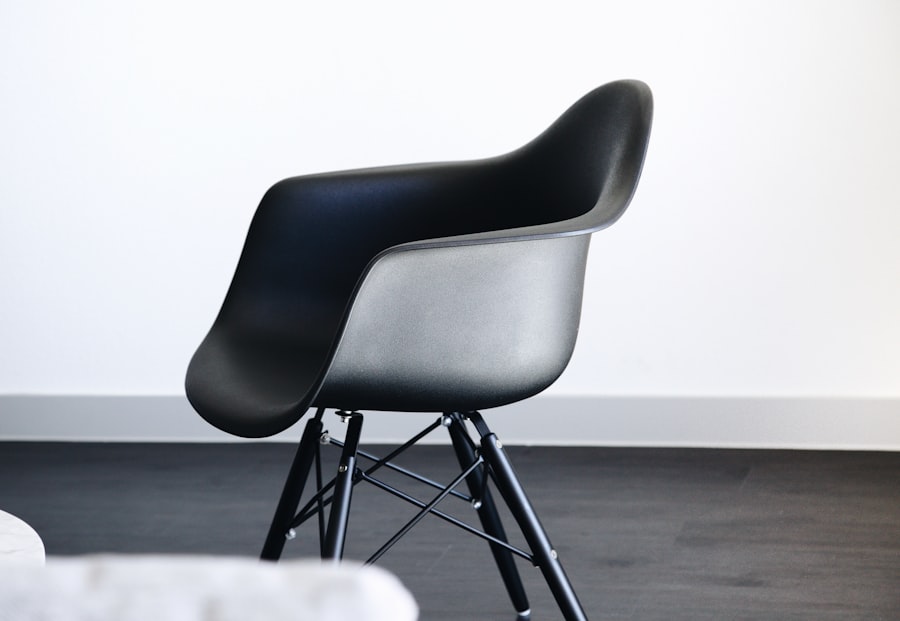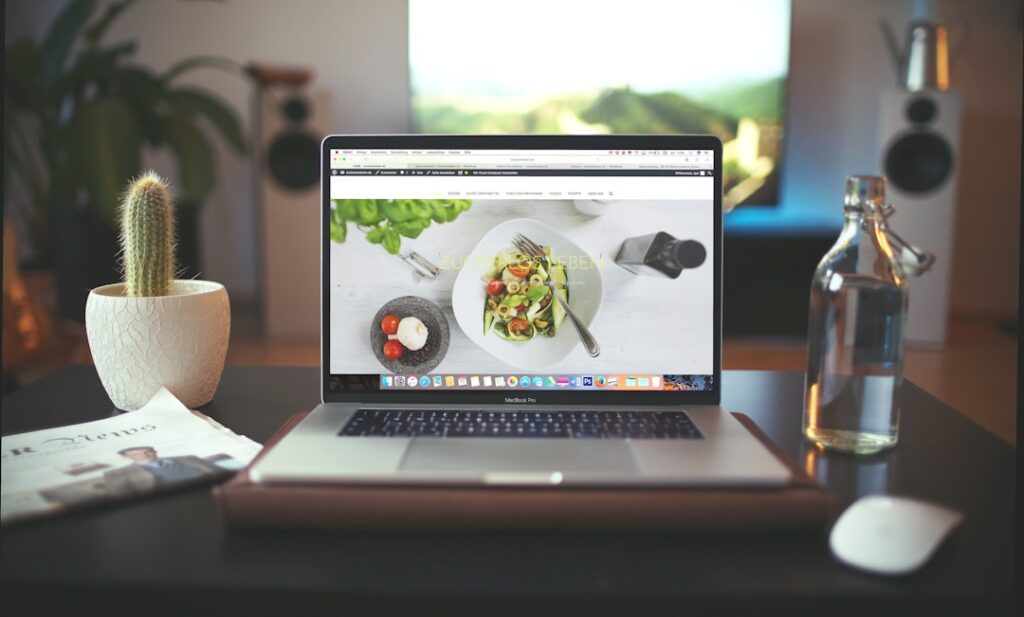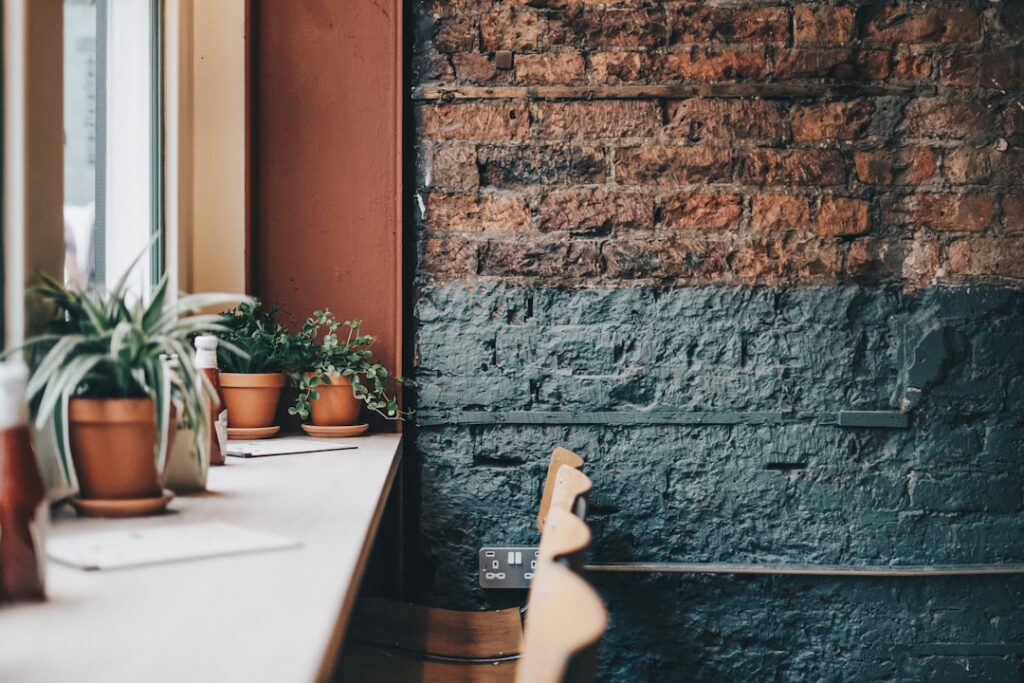Dubai has emerged as a global hub for modern interior design, reflecting its rapid economic growth and cultural evolution. Over the past few decades, the city has transformed from a modest trading port into a vibrant metropolis characterized by its stunning architecture and luxurious lifestyle. This transformation has been accompanied by a burgeoning interest in contemporary design, which marries functionality with aesthetic appeal.
The influx of international designers and architects has infused the local market with diverse styles and innovative ideas, leading to a unique blend of traditional Middle Eastern elements and cutting-edge modernity. As a result, Dubai’s interior design scene is not only about creating beautiful spaces but also about crafting environments that resonate with the city’s dynamic spirit. The rise of modern interior design in Dubai is also closely linked to the city’s ambitious vision for the future.
Initiatives such as the Dubai Design District (d3) have been established to foster creativity and innovation within the design community. This district serves as a platform for designers, artists, and brands to collaborate and showcase their work, further elevating Dubai’s status as a design capital. Additionally, the city’s hosting of international events like the Dubai Design Week has attracted global attention, allowing local designers to gain recognition on an international stage.
As a result, modern interior design in Dubai is not merely a trend; it is a reflection of the city’s identity and aspirations, continuously evolving to meet the demands of its diverse population and the ever-changing global landscape.
Key Takeaways
- Modern interior design in Dubai is characterized by a blend of luxury, innovation, and functionality, reflecting the city’s rapid development and global influence.
- Incorporating technology in office spaces is essential for enhancing productivity, communication, and efficiency, with features such as smart lighting, integrated AV systems, and flexible workstations becoming increasingly popular.
- Sustainable and eco-friendly design approaches are gaining traction in Dubai, with a focus on energy efficiency, natural light, and the use of recycled materials to minimize environmental impact.
- Flexibility and collaboration are key principles in office layouts, with open floor plans, modular furniture, and multipurpose spaces promoting teamwork and adaptability in the workplace.
- Cultural and traditional elements play a significant role in office design, with a growing emphasis on incorporating local art, architecture, and design motifs to create a sense of identity and connection to the community.
- Creating a wellness-focused work environment is a priority in Dubai, with features such as biophilic design, ergonomic furniture, and dedicated relaxation areas contributing to employee well-being and satisfaction.
- The role of art and aesthetics in office design is essential for creating inspiring and visually appealing workspaces, with a focus on curated artwork, stylish furnishings, and attention to detail to enhance the overall ambiance.
- The future of office spaces in Dubai is expected to embrace cutting-edge technology, sustainable practices, flexible layouts, and a continued integration of cultural and wellness-focused elements to create dynamic and forward-thinking work environments.
Incorporating Technology in Office Spaces
Revolutionizing the Office Environment
The integration of technology into office spaces has revolutionized the way we work, particularly in a forward-thinking city like Dubai. Modern offices are increasingly equipped with smart technologies that enhance productivity and streamline operations. From automated lighting systems that adjust based on occupancy to advanced communication tools that facilitate remote collaboration, technology is reshaping the traditional office environment.
Embracing Innovation in Dubai
In Dubai, where businesses are often at the forefront of innovation, these technological advancements are not just optional; they are essential for maintaining a competitive edge. Companies are investing in high-tech solutions that not only improve efficiency but also create a more engaging and interactive workspace for employees. Moreover, the rise of remote work has prompted a reevaluation of office design in Dubai.
Rethinking Office Design for a Flexible Workforce
With many employees now splitting their time between home and the office, businesses are rethinking their layouts to accommodate flexible working arrangements. This shift has led to the incorporation of collaborative technologies such as virtual reality meeting rooms and cloud-based project management tools. These innovations allow teams to work seamlessly regardless of their physical location, fostering a culture of collaboration that transcends traditional office boundaries.
The Future of Office Spaces in Dubai
As technology continues to evolve, it will undoubtedly play an increasingly pivotal role in shaping the future of office spaces in Dubai, making them more adaptable and responsive to the needs of modern workers.
Sustainable and Eco-Friendly Design Approaches

Sustainability has become a cornerstone of modern interior design, particularly in a city like Dubai that is acutely aware of its environmental impact. As awareness of climate change grows, designers are increasingly prioritizing eco-friendly materials and practices in their projects. This shift towards sustainability is evident in the use of recycled materials, energy-efficient lighting, and water-saving fixtures that minimize resource consumption.
In Dubai, where rapid urbanization poses significant environmental challenges, adopting sustainable design principles is not just a trend; it is a necessity for ensuring a livable future. Designers are now tasked with creating spaces that not only look good but also contribute positively to the environment. In addition to material choices, sustainable design in Dubai also encompasses the overall planning and layout of spaces.
Biophilic design, which emphasizes the connection between nature and built environments, is gaining traction as designers seek to incorporate natural elements into their projects. This can be seen in the use of indoor plants, natural light sources, and outdoor spaces that promote well-being and productivity among occupants. Furthermore, many new developments in Dubai are being constructed with sustainability certifications in mind, such as LEED (Leadership in Energy and Environmental Design).
By prioritizing eco-friendly approaches, designers in Dubai are not only addressing immediate environmental concerns but also setting a precedent for future developments that harmonize with the natural world.
Flexibility and Collaboration in Office Layouts
The modern workplace is increasingly characterized by flexibility and collaboration, reflecting a shift in how teams operate and interact. In Dubai, where businesses are often diverse and dynamic, office layouts are being designed to facilitate teamwork and adaptability. Open-plan spaces have become popular as they encourage communication and collaboration among employees.
These layouts often include communal areas where teams can gather for brainstorming sessions or informal meetings, fostering a sense of community within the workplace. The emphasis on flexibility allows companies to easily reconfigure their spaces to accommodate changing needs or project requirements, making it easier to adapt to the fast-paced business environment. Moreover, the rise of co-working spaces in Dubai exemplifies this trend towards flexibility and collaboration.
These shared workspaces cater to freelancers, startups, and established companies alike, providing an environment that encourages networking and idea exchange. Co-working spaces often feature modular furniture that can be rearranged to suit different activities or group sizes, further enhancing their versatility. By creating environments that prioritize collaboration and adaptability, designers are helping businesses cultivate a culture of innovation and creativity.
This approach not only benefits individual companies but also contributes to a vibrant ecosystem where ideas can flourish and new partnerships can emerge.
The Influence of Cultural and Traditional Elements
Dubai’s rich cultural heritage plays a significant role in shaping its modern interior design landscape. Designers are increasingly drawing inspiration from traditional Emirati architecture and craftsmanship, infusing contemporary spaces with elements that reflect the region’s history and identity. This fusion of old and new can be seen in various aspects of design, from intricate geometric patterns reminiscent of Islamic art to the use of traditional materials such as wood and stone.
By incorporating these cultural elements into modern interiors, designers create spaces that resonate with both local residents and international visitors, fostering a sense of connection to the past while embracing the future. Furthermore, this blending of cultural influences extends beyond aesthetics; it also informs the functionality of spaces. For instance, many modern offices in Dubai incorporate majlis-style seating areas that encourage informal gatherings and discussions among employees.
These spaces not only provide comfort but also promote social interaction, reflecting the importance of community in Emirati culture. As designers continue to explore ways to integrate cultural elements into their work, they contribute to a unique narrative that celebrates Dubai’s heritage while positioning it as a forward-thinking city on the global stage.
Creating a Wellness-Focused Work Environment

The Rise of Wellness in the Workplace
The concept of wellness in the workplace has gained significant traction in recent years, particularly as organizations recognize the impact of environment on employee health and productivity. In Dubai, where work-life balance is increasingly prioritized, designers are focusing on creating wellness-oriented office spaces that promote physical and mental well-being. This includes incorporating features such as natural light, ergonomic furniture, and quiet zones for relaxation or meditation.
Designing for Employee Well-being
By designing environments that cater to employees’ well-being, companies can enhance job satisfaction and reduce stress levels among their workforce. Additionally, wellness-focused design often extends beyond individual comfort to encompass community well-being as well. Many modern offices in Dubai now include amenities such as fitness centers, outdoor terraces, or communal kitchens that encourage social interaction among employees.
Fostering a Sense of Community
These shared spaces foster a sense of belonging and camaraderie within teams while promoting healthy lifestyle choices. As organizations continue to prioritize employee wellness as part of their corporate culture, designers play a crucial role in creating environments that support these initiatives.
Cultivating a Happier, Healthier Workforce
Ultimately, by focusing on wellness in office design, businesses can cultivate happier, healthier employees who are more engaged and productive.
The Role of Art and Aesthetics in Office Design
Art plays an integral role in shaping the atmosphere of office spaces in Dubai, contributing not only to aesthetics but also to employee morale and creativity. Many companies are recognizing the value of incorporating art into their interiors as a means of enhancing their brand identity while creating an inspiring environment for employees. From large-scale murals that reflect local culture to curated art collections that provoke thought and discussion, art can transform an ordinary workspace into an engaging experience.
In Dubai’s competitive business landscape, where attracting top talent is essential, investing in artistic elements can set companies apart by showcasing their commitment to creativity and innovation. Moreover, aesthetics go hand-in-hand with functionality in modern office design. Thoughtfully chosen color palettes, textures, and furnishings can influence mood and productivity levels among employees.
For instance, warm colors may evoke feelings of comfort and creativity while cooler tones can promote focus and concentration. Designers in Dubai are increasingly aware of these psychological effects and are using aesthetics strategically to create environments that support various work styles—from collaborative brainstorming sessions to focused individual tasks. By harmonizing art with functional design elements, offices can become not just places of work but also inspiring spaces that foster creativity and collaboration.
The Future of Office Spaces in Dubai
As Dubai continues to evolve as a global business hub, the future of office spaces is poised for exciting transformations driven by technological advancements and changing workforce dynamics. The rise of hybrid work models is likely to influence how offices are designed moving forward; companies may prioritize flexible layouts that accommodate both remote workers and those who prefer traditional office settings. This could lead to an increase in shared facilities such as meeting rooms equipped with advanced video conferencing technology or collaborative workspaces designed for team projects.
The emphasis will be on creating environments that support diverse working styles while fostering connectivity among employees. Additionally, sustainability will remain at the forefront of office design in Dubai’s future landscape. As environmental concerns continue to shape public discourse globally, businesses will increasingly seek out eco-friendly solutions that align with their corporate values.
This may involve integrating renewable energy sources into building designs or utilizing sustainable materials throughout construction processes. Furthermore, as awareness grows around mental health issues related to work environments, there will be an even greater focus on designing spaces that prioritize employee well-being through natural light exposure, green spaces within buildings, and wellness amenities like fitness centers or meditation rooms. Ultimately, the future of office spaces in Dubai will reflect a holistic approach—one that balances innovation with sustainability while prioritizing employee satisfaction at every level.
When considering the modernization of office spaces in Dubai, one crucial aspect to focus on is the furniture used in meeting rooms. A well-designed meeting room can significantly enhance productivity and foster a collaborative environment. For insights on upgrading your office with the latest meeting room furniture, you might find the article “Upgrade Your Office with Meeting Room Furniture” particularly useful. It offers a variety of contemporary designs and practical solutions tailored for dynamic office settings. You can read more about this on Upgrade Your Office with Meeting Room Furniture.
FAQs
What is modern office interior design?
Modern office interior design refers to the design and layout of office spaces that incorporate contemporary styles, technology, and functionality. It focuses on creating a productive and aesthetically pleasing work environment for employees.
What are the key elements of modern office interior design?
Key elements of modern office interior design include open floor plans, natural light, ergonomic furniture, sustainable materials, technology integration, and flexible workspaces. These elements are designed to enhance collaboration, creativity, and productivity in the workplace.
How does modern office interior design benefit businesses?
Modern office interior design can benefit businesses by improving employee morale, increasing productivity, and attracting and retaining top talent. It also creates a positive and professional image for the company, which can impress clients and visitors.
What are some popular modern office interior design trends in Dubai?
Some popular modern office interior design trends in Dubai include biophilic design (incorporating nature into the workspace), smart technology integration, flexible and multipurpose work areas, and sustainable design practices. These trends reflect the city’s focus on innovation and sustainability in the workplace.
How can businesses in Dubai implement modern office interior design?
Businesses in Dubai can implement modern office interior design by working with professional interior designers who understand the local culture and business needs. They can also consider incorporating elements such as Arabic-inspired design motifs, traditional craftsmanship, and local materials to create a unique and culturally relevant workspace.


